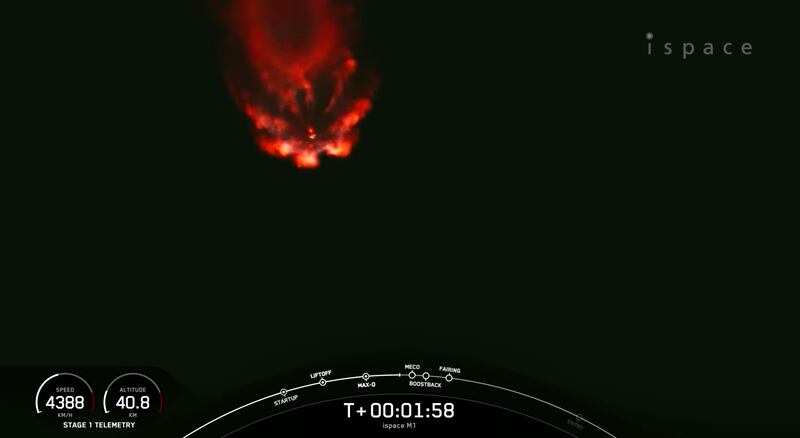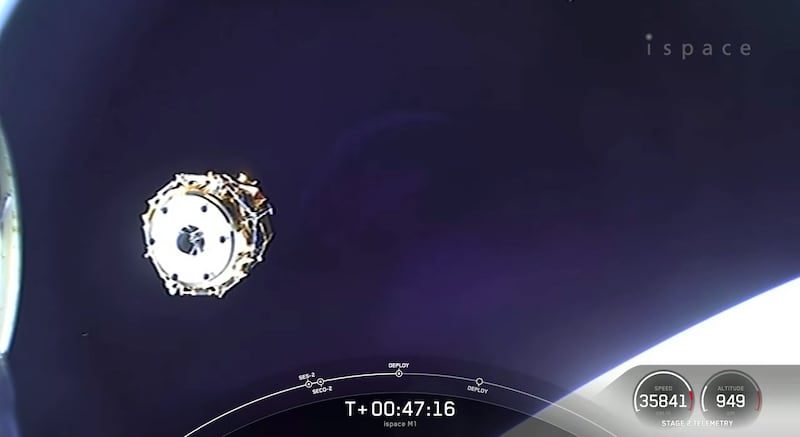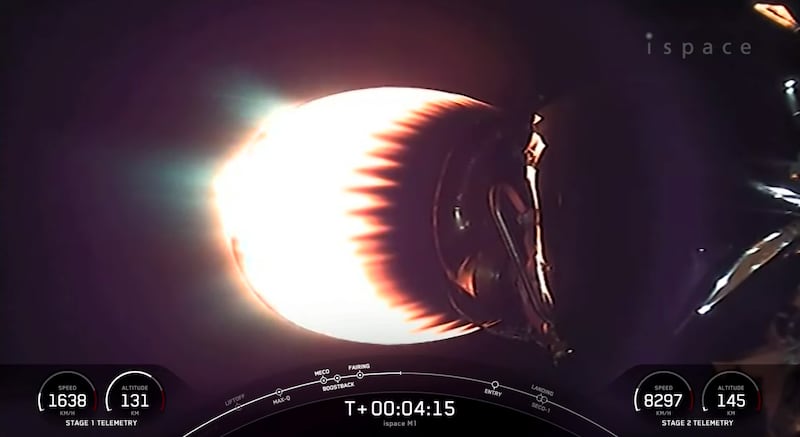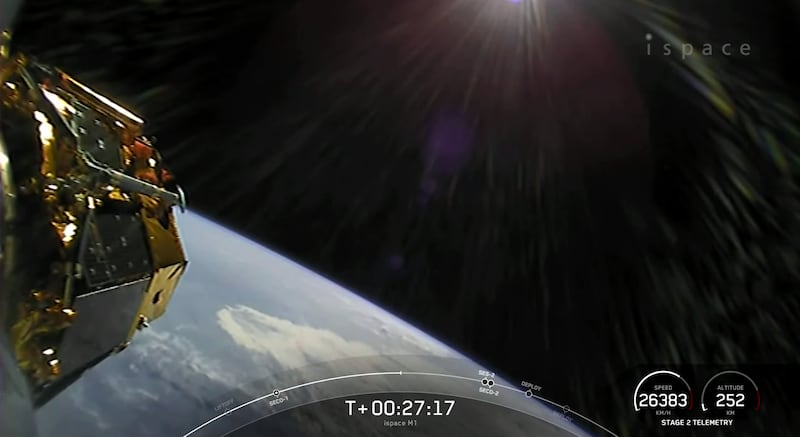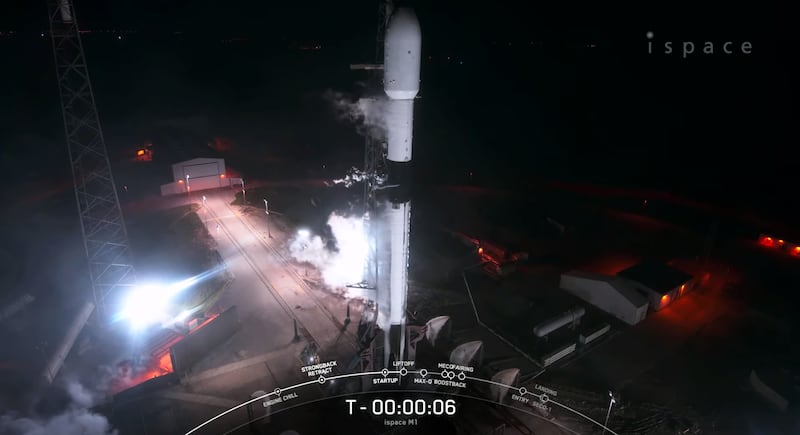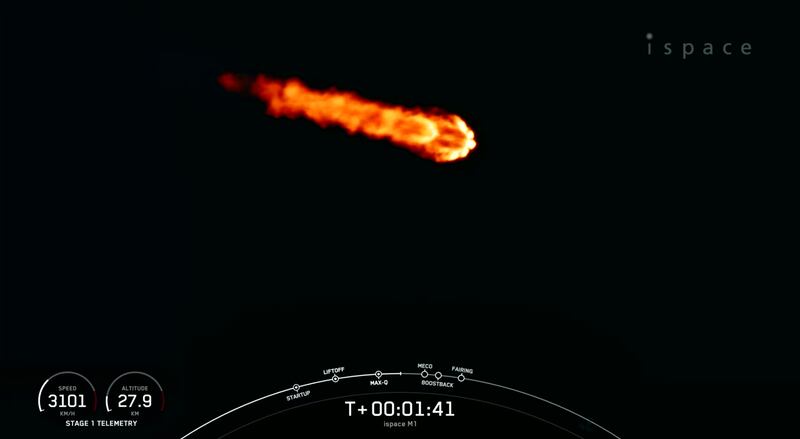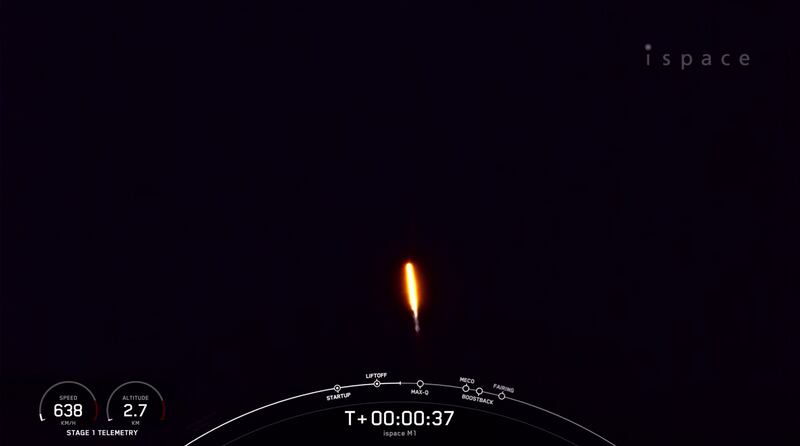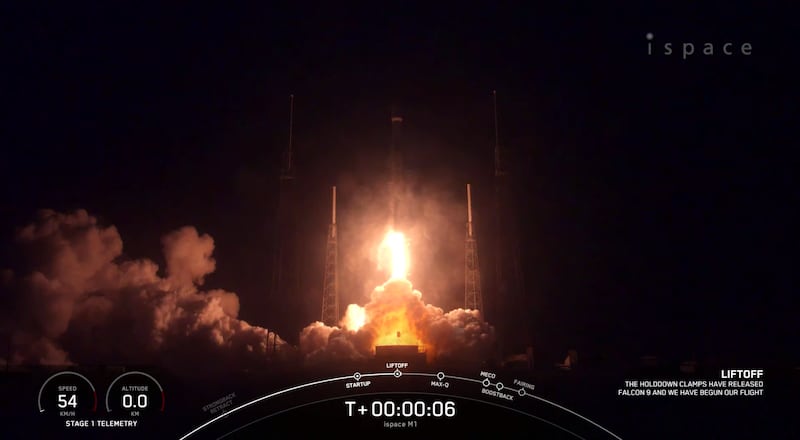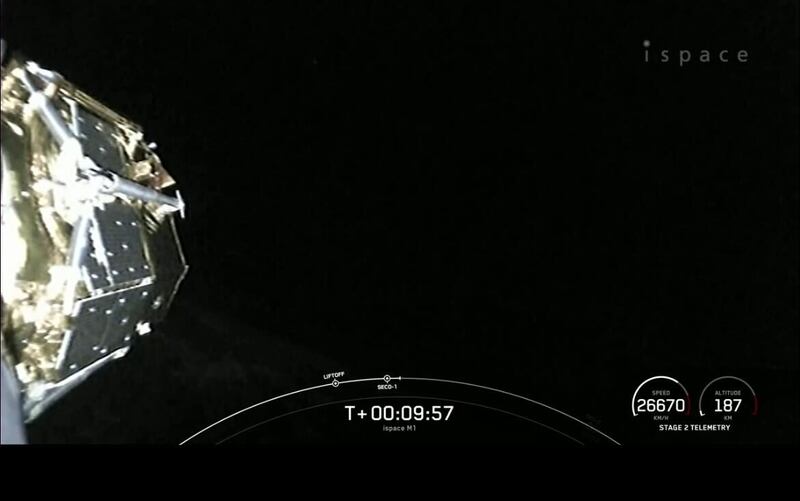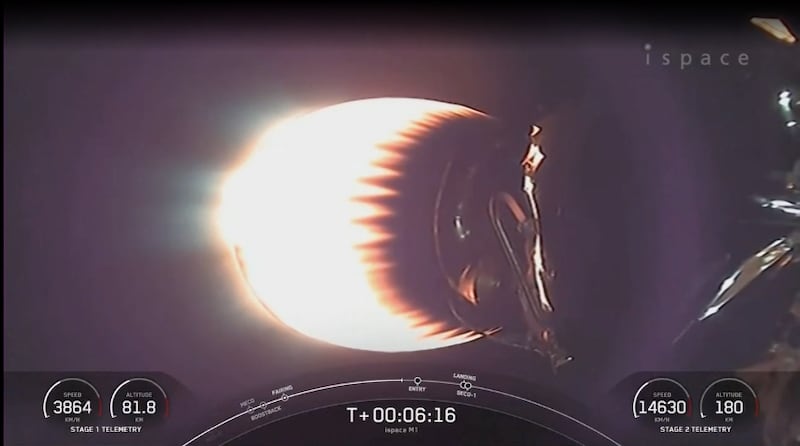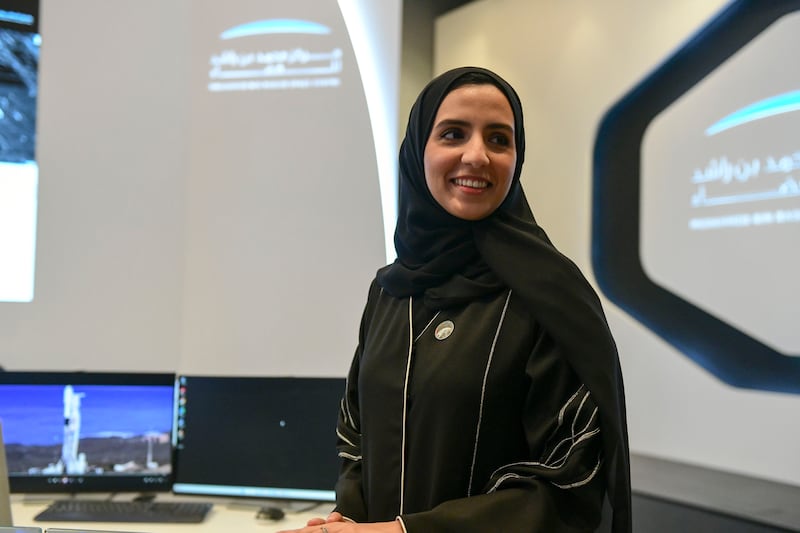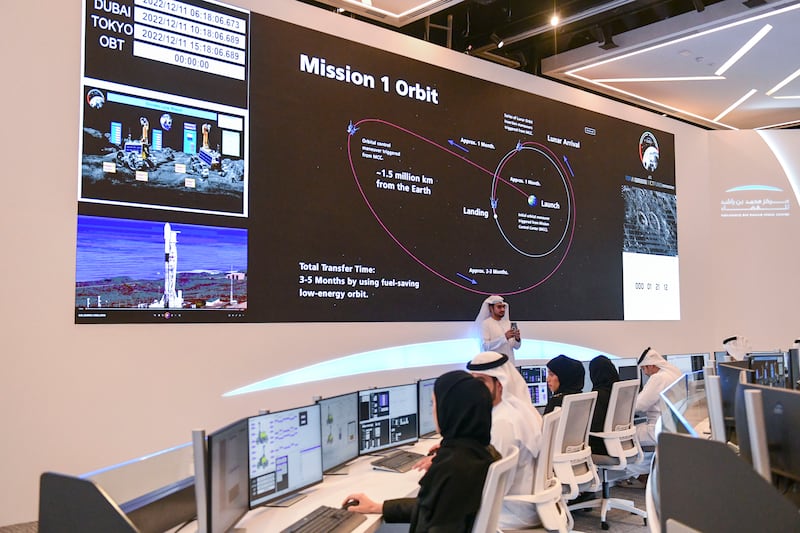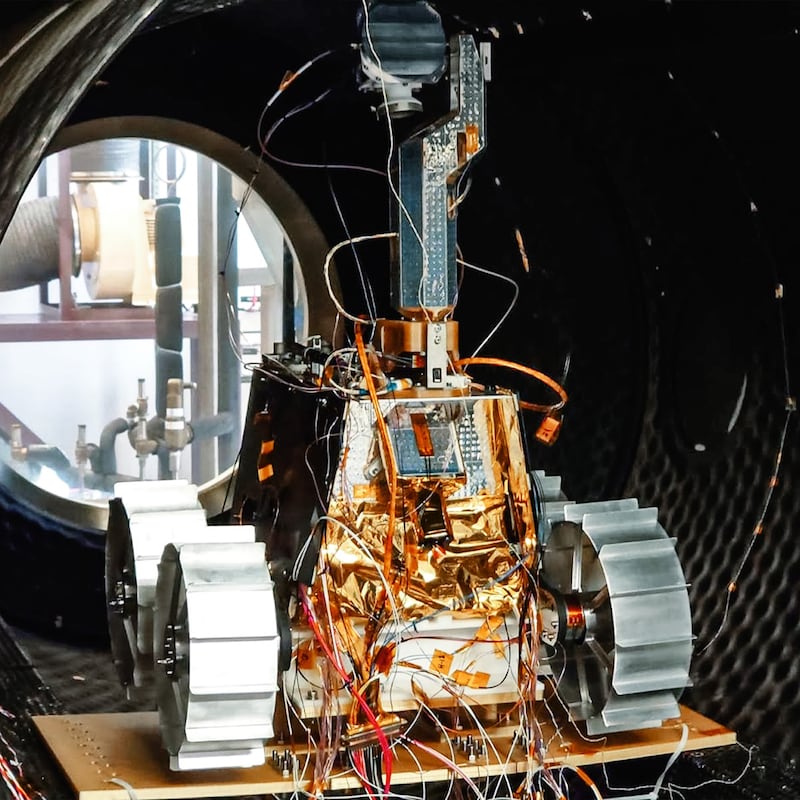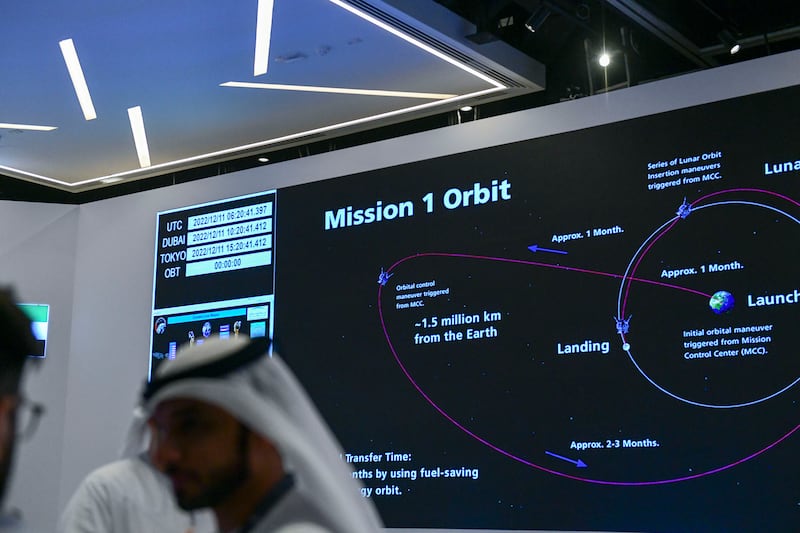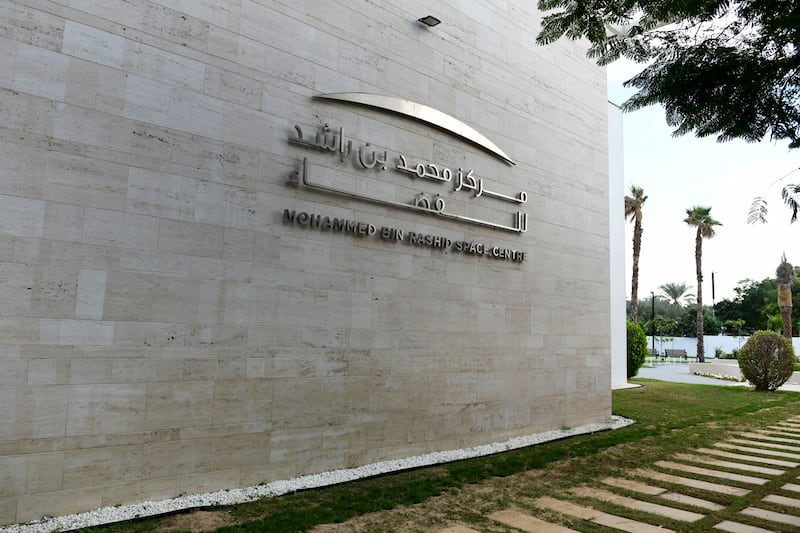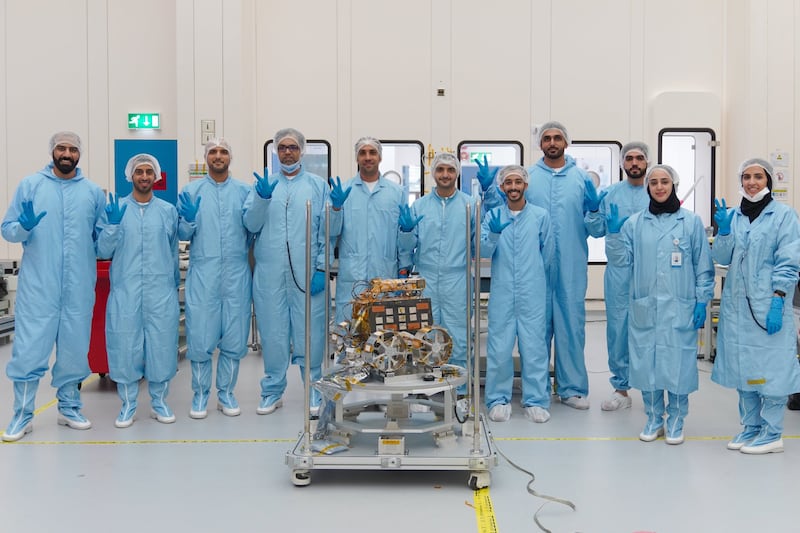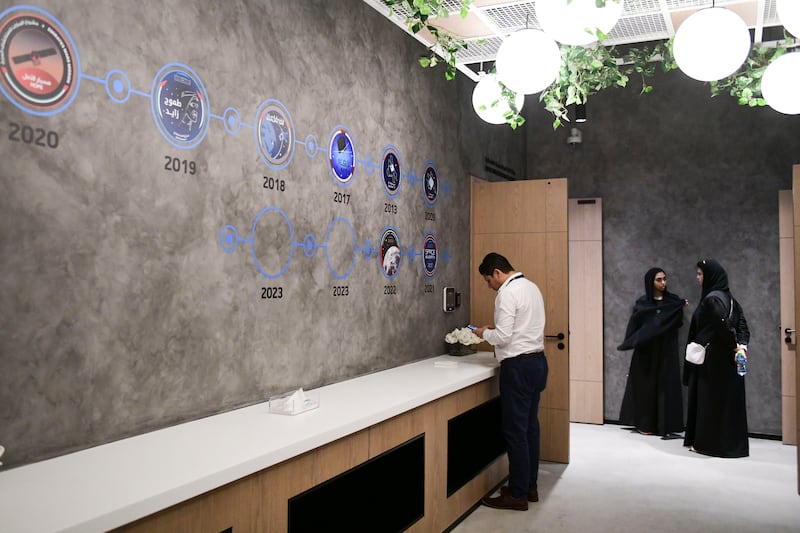The lander that is carrying the UAE’s Rashid rover is expected to attempt a lunar orbit insertion in late March.
Ispace, the company that built the Hakuto-R Mission 1 lander, announced that the spacecraft has travelled about 1.376 million kilometres since being launched into space on December 11.
The lander is the first privately funded spacecraft to travel that far.
“We are pleased to announce that our Hakuto-R Mission 1 lander has entered the second phase of its mission,” ispace said in a statement on Tuesday.
“The lander is now on a trajectory to the Moon with a scheduled landing for the end of April 2023.”
A manoeuvre for a lunar orbit insertion will be carried out in late March.

If the lander manages to touch down successfully on the surface, it will become the first commercial lander to achieve such a feat.
However, a soft landing on the Moon is no easy task, with more than a third of missions failing to do so.
The Rashid rover is the first mission under the UAE's long-term Moon exploration programme.
The 10-kilogram exploration rover will study the geography of the lunar surface as well as lunar soil, or regolith.
Engineers at the Mohammed bin Rashid Space Centre have been working on the rover since 2017.
The UAE's mission will last one lunar day, or 14 Earth days.
The team also hope the rover can survive a lunar night — also 14 days — when temperatures plunge to minus 183°C.
Most Moon missions in the past have arrived at their destination in less than a week, but ispace has opted for a low-energy transfer route that helps save on fuel — this is why the journey will be five months long.
“The reason why we took this strategy is to reduce the mass of the spacecraft and that leads to a reduced cost of launch,” Takeshi Hakamada, founder and chief executive of ispace, told The National.
“We can utilise the gravity of the Sun to accelerate our spacecraft without using propellant.”
Nasa’s Capstone mission — a miniature satellite that was launched in June — also took five months to reach lunar orbit.
It, too, used gravitational assistance from the Sun and then the Earth to propel itself towards the Moon.
South Korea’s first lunar probe, the Korean Pathfinder Lunar Orbiter, took four months to reach the Moon’s orbit. It was launched in August and arrived in December.
Emirati engineers are already working on Rashid 2. China will help to launch the rover on its Chang’e-7 lunar south pole mission in 2026.

